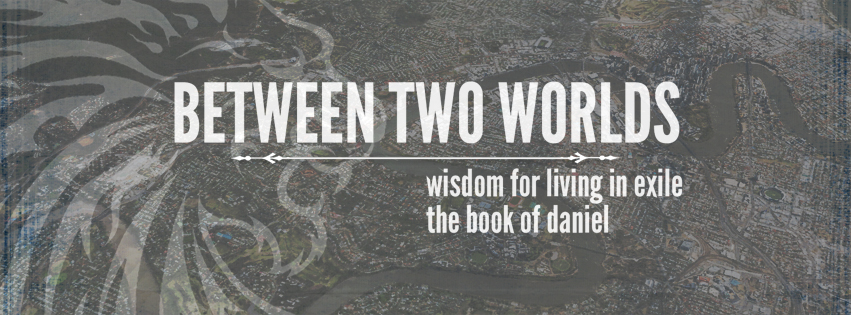We’ve just started a sermon series in the book of Daniel at SLE Church. I’m up to preach Daniel 2, Nebuchadnezzar’s dream of the big statue that gets smashed by a God-carved rock.
There’s quite a lot of detail in the narrative that I probably won’t have time to cover. For instance the creation imagery used of Nebuchadnezzar in verses 37-38:
[37] You, O king, the king of kings, to whom the God of heaven has given the kingdom, the power, and the might, and the glory, [38] and into whose hand he has given, wherever they dwell, the children of man, the beasts of the field, and the birds of the heavens, making you rule over them all—you are the head of gold. (Daniel 2:37-38 ESV)
The careful reader will pick up very quickly that Daniel is comparing Nebuchadnezzar with Adam. This little comment from Iain Duguid’s fine commentary is helpful in explaining what’s going on:
So what, according to Daniel 2, does this dream seek to teach us? First, it shows that God gives every earthly kingdom its glory and power: they do not come from their own strength. God gave Nebuchadnezzar his unparalleled sovereignty, power, strength, and glory (Dan 2:37). In fact, the height of Nebuchadnezzar’s authority is underlined by the creation language used to describe it: like Adam, he has been given authority not only over people, but over nature itself, so that the beasts of the field and the birds of the air are placed in his hands (2:38). Yet the same creation imagery also underlines the dependent and transient nature of his position: like Adam, if he sins, he too can be cast down from his exalted position. Even if he is history’s head of gold, he can still be brought down to the dust. To use the language of Daniel’s prayer, the same God who set him up as king can also depose him (2:21).
And we see just that in chapter 4.


Comments are closed